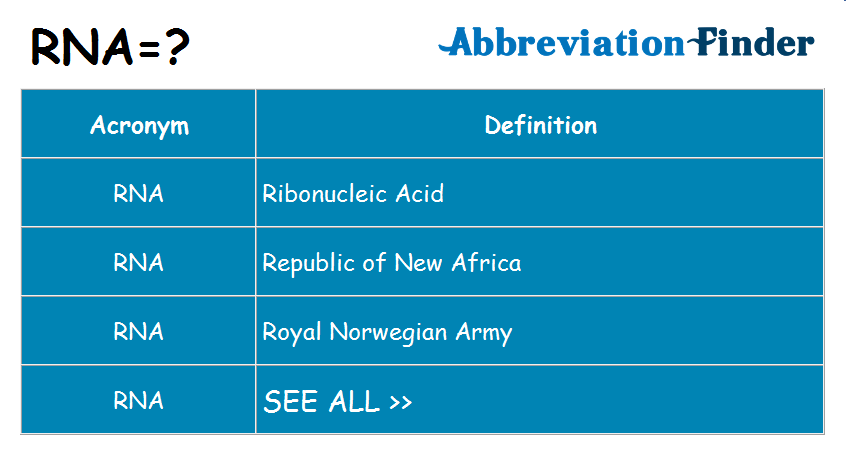What are DNA and RNA?
DNA and RNA are acronyms of chemicals involved in the transmission of hereditary characters and in the production of composite proteins, which are the main constituent of living things; they are nucleic acids found in all human cells.

According to biology, DNA makes RNA, which makes protein (although there are exceptions like retro viruses, for example, the Aids virus). The information contained in the DNA is recorded following its bases in the chain, which indicates another sequence, that of amino acids which make up the proteins. DNA is not the direct manufacturer of these proteins; for this it forms a specific type of RNA, the messenger RNA. The genetic code is in the DNA, in the nucleus of the cells, since the proteins are in the cellular cytoplasm, where the messenger RNA is directed.
DNA
DNA is a molecule formed by two chains in the form of a double helix consisting of a sugar, a phosphate group and a nitrogenous base. The double helix is an essential factor in DNA replication during cell division, where each helix serves as a template for a new one.
RNA
RNA is the acronym for ribonucleic acid (RNA), which is a molecule also formed by a sugar, a phosphate group and a nitrogenous base. RNA is responsible for the synthesis of proteins from the cell, are usually formed in single strand, which can sometimes be folded.
Differences Between DNA and RNA
In the cell, DNA is found in the nucleus, and RNA is produced in the nucleus but migrates into the cytoplasm.
As regards pentose (the structural monosaccharide that is present in the nucleotide), in RNA there is ribose and in DNA there is deoxyribose.
Another difference between DNA and RNA is found in its structures. As for the number of strands, RNA usually has a single helix, whereas DNA has a double helix.
Regarding the pairing of the nitrogenous bases, both in RNA and in DNA, cytosine was matched with guanine. The difference is that in RNA adenine matched uracil and in DNA adenine matched thymine.
